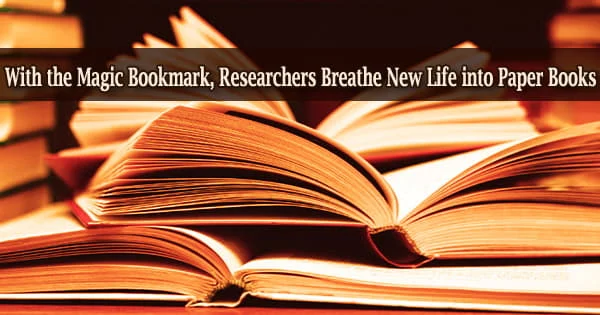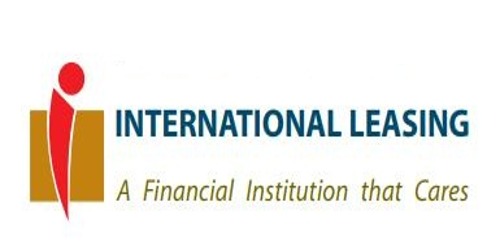The University of Surrey has created a unique, cost-effective, and environmentally friendly approach for supplementing printed literature with rich, up-to-date digital content. The advancement eliminates one of the most major advantages that e-books have over paper books, allowing the paper to maintain its dominance in the face of electronic media.
The Advanced Technology Institute and Digital World Research Centre at the University of Surrey have created an elegant and straightforward electronic system that allows users of a paper book to access relevant multimedia information by simply placing a bookmark on a page.
Optical contrast sensors in the Magic Bookmark detect a pattern printed adjacent to the book’s spine on each page. Because the paper book has no electronics, expenses are kept low, and end-of-life recycling is possible.
The study, which was published in the peer-reviewed journal Advanced Intelligent Systems, looks at a few different ways to build the system.
In Dr. Radu Sporea’s team, we have been developing expertise in compact electronic devices for sensing and interaction with the real world. We focus on minimalistic solutions with a view of low-cost manufacturability and robustness during use. It’s important to us that there are responsible disposal options at the end of products’ life cycles as well.
Georgios Bairaktaris
The optimized version uses an optical barcode printed along page margins at the book’s spine and a detachable physical bookmark with embedded sensors, which was developed after a series of prototypes.
The final system is small, practical, and versatile, and it may be detached from the paper to supplement other suitable publications. The technique goes beyond barcodes and QR codes, allowing the sensors to scan a wide range of marks, including shades of grey and various colors.
This allows the system to be customized so that barcodes can be buried within images or made nearly invisible to the human eye while still being detectable by the sensors thanks to a special off-white ink developed by Printcolor, an industrial collaborator.
Prof David Frohlich, Project Lead and Director of the Digital World Research Centre at the University of Surrey, said:
“This solves a problem with our earlier attempts to instrument every page with electronics. The Magic Bookmark means books can be printed on regular paper as usual, yet the electronics move through the book as you read on a humble bookmark.”
Georgios Bairaktaris, Ph.D. researcher at the Advanced Technology Institute, said:
“In Dr. Radu Sporea’s team, we have been developing expertise in compact electronic devices for sensing and interaction with the real world. We focus on minimalistic solutions with a view of low-cost manufacturability and robustness during use. It’s important to us that there are responsible disposal options at the end of products’ life cycles as well.”
The team is now modifying the technique to use fully printed photosensors, making the Magic Bookmark virtually indistinguishable from a standard bookmark. They want to see how more commonplace objects may be enhanced with printed electronics and used as digital interfaces.
















